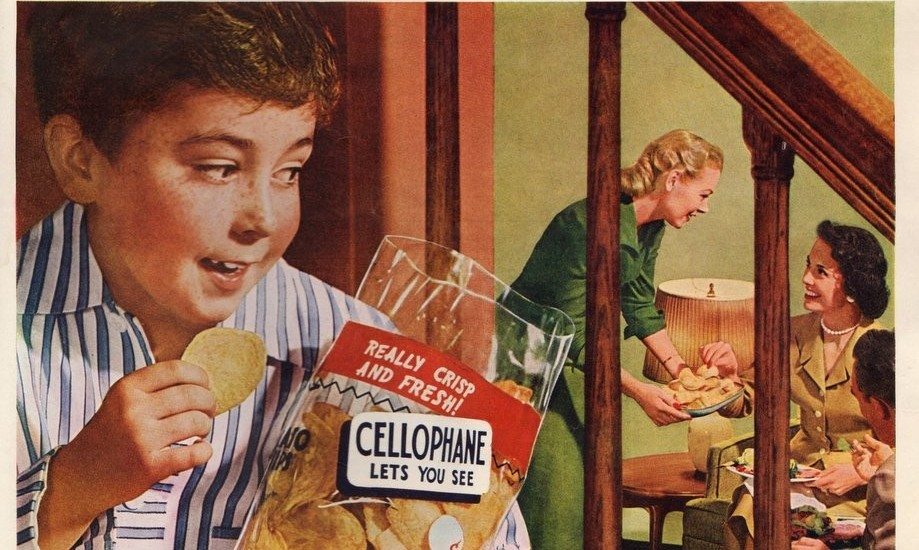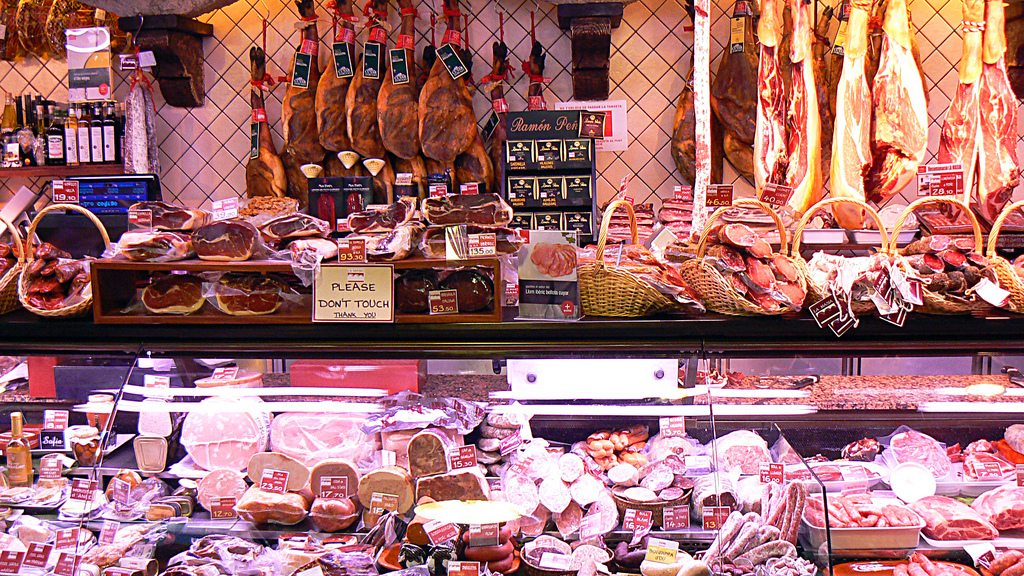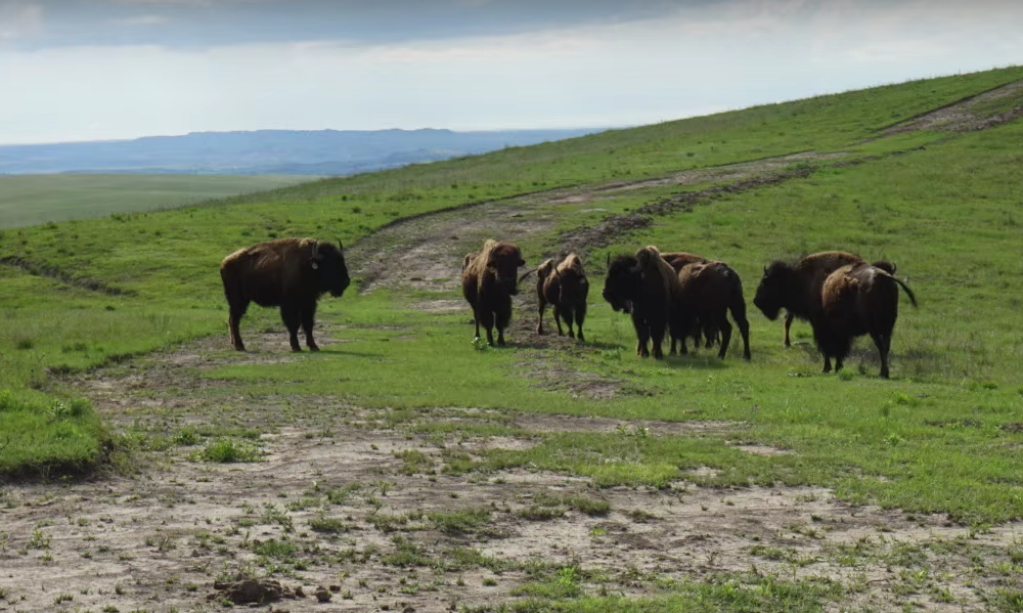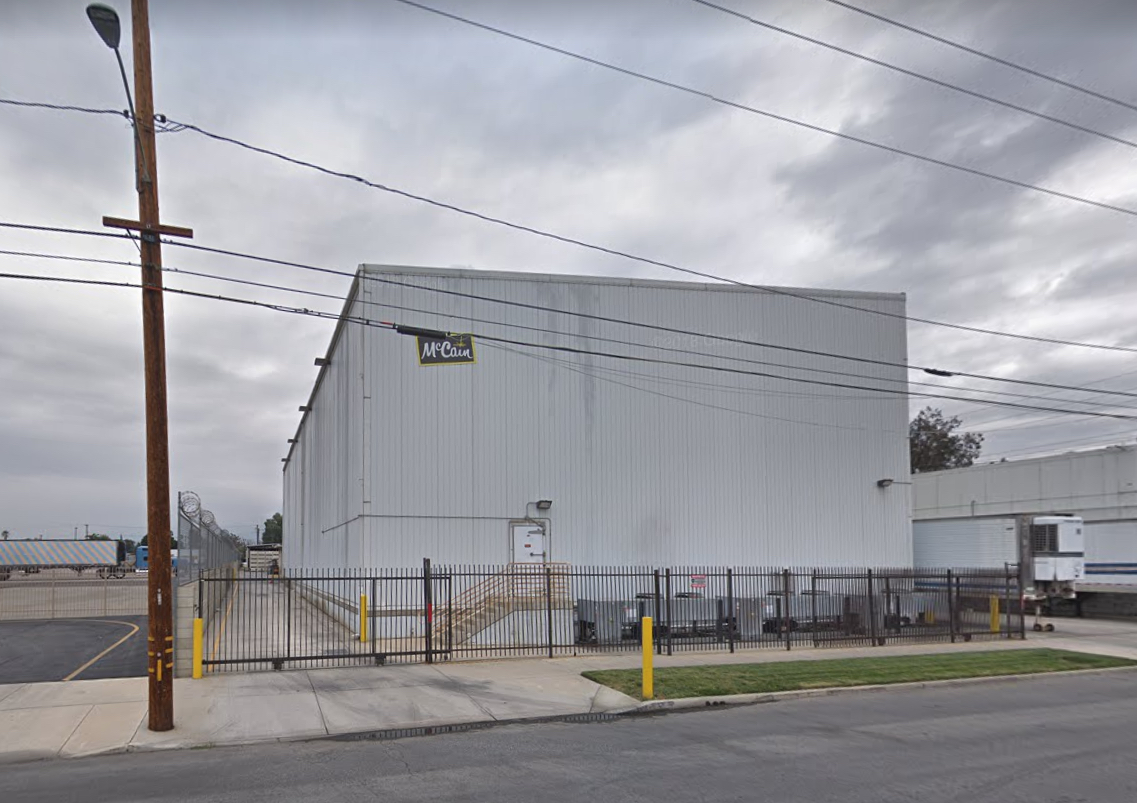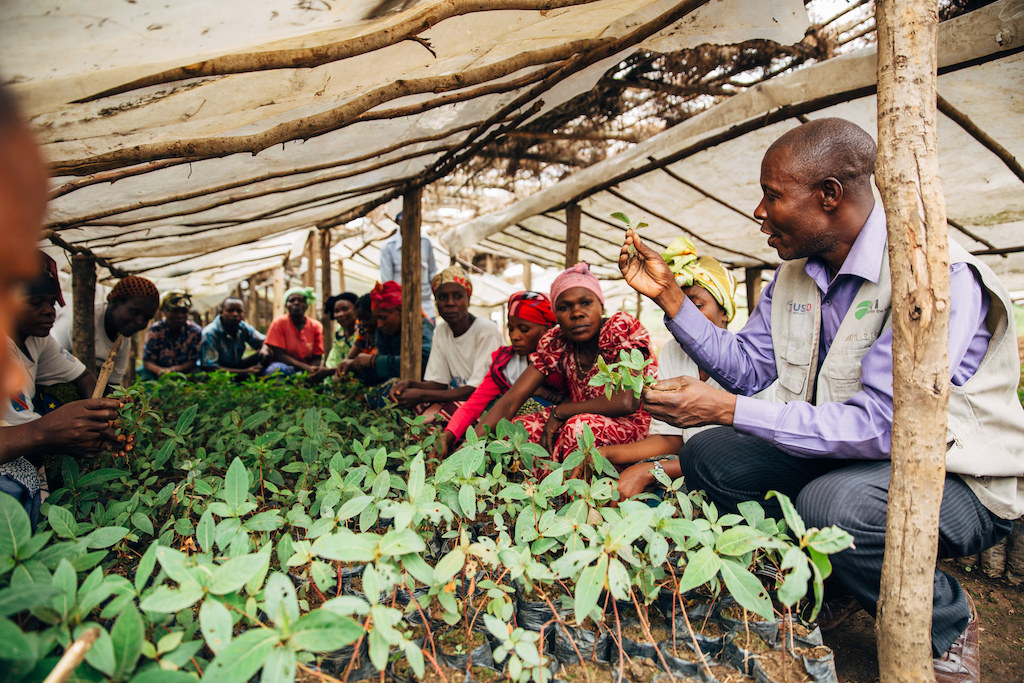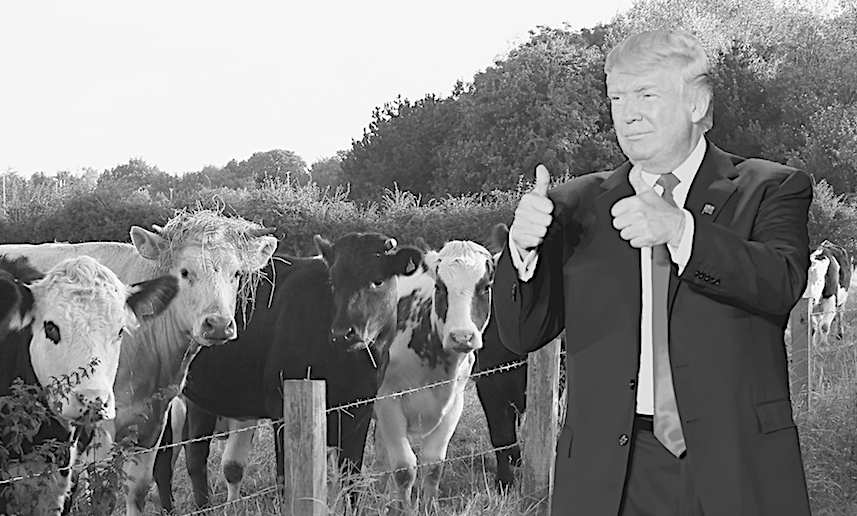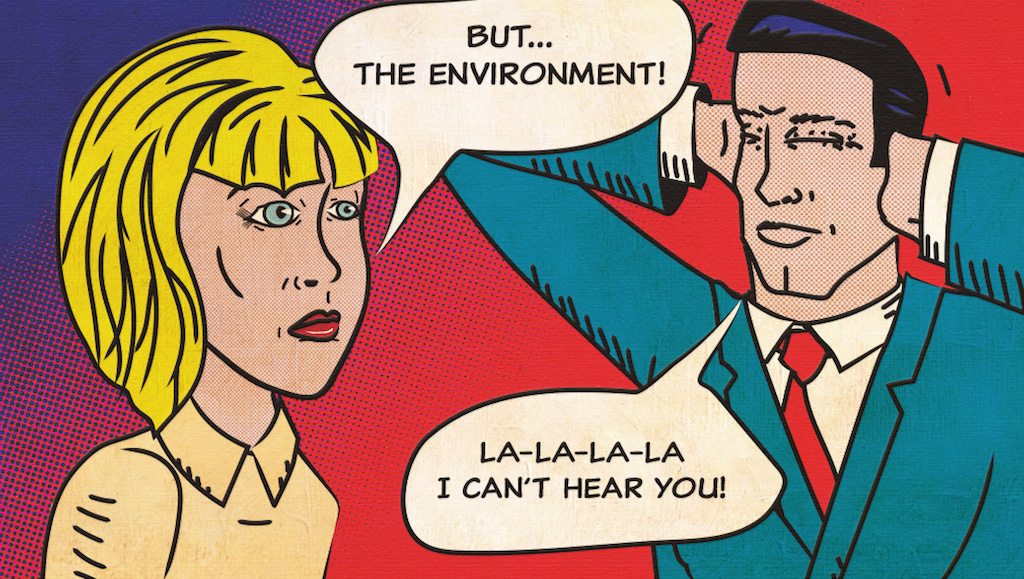
Mike Milli
“We don’t say the word ‘environment,’” says Mark Winne about his food systems work in rural regions. “If we have to bring it up, we talk about ‘clean air’ and ‘clean water.’”
The cultural schisms in the U.S.— rural versus urban, liberal versus conservative—are hardly new. So what’s the best way to make positive, progressive food system change in rural, politically right-leaning communities? The people who have been negotiating this divide through food policy councils, task forces or other multi-stakeholder initiatives have advice.
Winne, who has been doing food systems policy work for decades and is a senior adviser at the Johns Hopkins Center for a Livable Future, has worked recently on projects in Idaho and southwest New Mexico, places he refers to as “super-duper red.” He has a litany of words he won’t use when he’s working in these regions: “justice” and “equity” are two of them. If he absolutely must discuss labor laws or workers’ rights, the word “fairness” lands better.
Missty Lechner, a project director who works for the American Heart Association in Topeka, Kansas, says that overuse of the word “policy” can be off-putting to some people, conjuring ideas of government overreach or Big Brother.
Natasha Frost, a staff attorney at the Public Health Law Center who works with Lechner in providing support for Kansas communities, recalls the advice she got when she started: she was told explicitly not to use the word “sustainability.”
The word “coalition” is another iffy one. Lechner says, “We don’t call them ‘food policy councils’ in Kansas. We call them ‘food and farm councils.’” Following Kansas’s lead, Frost, when in training, uses the term “local food and farm task forces.”
In this excruciatingly polarized political era, words are about so much more than their denotation. Denotation is the literal meaning; connotation is about the cultural overtones, and certain words are shorthand for ideology. It’s as if the moment the word “justice” or “sustainability” passes your lips, you’ve identified yourself as a probably clueless outsider who doesn’t understand the actual day-to-day challenges being faced by the community you’re working in.

And cultural associations are profound. Lechner says that sometimes when she presents ideas in Kansas towns, she prefaces her talk by saying something along the lines of, “We’re not trying to build a food system that turns you into Berkeley or Boulder. We’re trying to build the best version of Topeka.” Frost says that in Kansas, any kind of soda tax or a so-called “Big Gulp ban” is taboo. “Anything that’s done in New York or California is out,” she says. “You have to link it to somewhere else.”
Successful food policy councils (FPCs) understand that their work is influenced by their location. In Seattle, for example, an FPC might work on composting laws, and in the Bay Area an FPC might work on taxing sugar-sweetened beverages (i.e., soda tax). In other areas, the work of an FPC might be to make it easier for farmers to sell their products at retail stores, or to reduce the paperwork involved in establishing farmers’ markets. Or it might be the work of getting a supermarket into a food desert. In all cases, it’s critical to understand the challenges specific to your region, use the proper framing, and say the right words.
While food donation is a no-brainer in Idaho, in West Virginia it’s more contentious.
The types of projects matter.
Winne notes that in the regions where he works, any mention of justice for farmworkers or labor issues, or even workman’s compensation is not only a non-starter, it immediately tarnishes the credibility of the person who broaches the subject. Initiatives like food pantries and food banks go over well, he says, but it’s important to frame them properly.
“Red areas don’t have any problem addressing food insecurity. It’s our form of down-home charity,” he says. “But don’t go in there and try to talk about food stamps. School meals are okay, but don’t talk to us about regulations that require certain meals.”
While food donation is a no-brainer in Idaho, in West Virginia it’s more contentious. Spencer Moss, executive director of the statewide Food and Farm Coalition in that state, worked on a policy that would give tax credits to farmers who donated the food they didn’t sell at farmers’ markets to food banks. The tax credit would offset the cost of transporting and harvesting the food that didn’t sell.
“Some farmers were on board because they didn’t have to transport the unsold food back home,” she says. “But we live in one of the poorest states in the country and people can’t afford food. The farmers who pushed back did it because they can eat that food themselves, or can it, or put it in the compost pile and have it returned in that way to their property.”
Moss notes that the contention is an issue of sweat equity. “Farmers are the most giving people I’ve ever met,” she says. “But in a farm business the equity that’s put into a property is labor.”
For some small-scale farmers,regulations are arduous, and even insulting.
Regulations are the enemy.
Regulations, says Winne, are what angers people in rural communities the most. People in these areas feel that they are being put upon, or that something’s being taken away by the government.
Moss elaborates on that. Regulations, she says, came about as a response to the industrialization of the agricultural system, when enormous “farm” operations were rapidly replacing small-scale operations, and bad operators ran their businesses without regard for the community or the land. But now there are more and more small-scale producers trying to make a go of it in West Virginia, and for them the regulations are arduous, and even insulting.
“Small-scale producers are like, ‘Hey, we do good ag practices and good handling practices, we believe in doing things like this because it’s good for the soil, the land and the animals,’” says Moss. From the get-go, regulations signal to farmers that the government doesn’t trust them. And, in some cases, complying with regulations is costly.
“Small-scale farmers don’t get into farming because they want to do paperwork,” says Moss. “They get into it because they’re good at growing food. They don’t have the financing to deal with burdensome certifications.”
The rhetoric in West Virginia, says Moss, is that it’s the EPA that took away the coal jobs. It’s more complex than that, of course: the EPA regulated the coal industry, which then decided to leave because the market and economics weren’t feasible. But, says Moss, the rhetoric persists.
Researchers found that healthy food access polls high if it’s framed as supporting local farmers and access to locally grown food.
Talk about local economy, not public health.
So if justice and sustainability are not what’s worrying people in rural areas, what is? In many of these regions, employment opportunities are slim pickings. Many of the jobs are part-time or dead-end or low-wage or no-benefits. Some people work two jobs to make ends meet. Some adult children can’t afford to move out of the house. Health plans, whether offered through their employers or through the ACA, are too expensive, which means that preventive health care remains a pipe dream. So, no, they can’t and don’t pay extra to purchase organic (or fair trade or cruelty-free or ecologically friendly) food. More than they want clean air and clean water, they want good jobs.
Winne finds it’s successful to frame issues around local economy, and he likes to use words like “enterprise” and “entrepreneurial” and “innovative” when working in right-leaning areas. Thriving local food economies are a bipartisan win: they are a step toward health equity and resilience, and they bolster local employment. Of course, words like “disparities” and “resilient” are not words he would ever use in these regions. He tells a story about a public school food director in Roswell, New Mexico, a very active advocate for the local food economy there. He buys local food from local ranchers and grills hamburgers in the school courtyard, promoting it as local food—which it is. “But don’t get him started on regulations,” says Winne. “He’ll go off.”
Frost, of the Public Health Law Center, also emphasizes the importance of the local economy. Farm-to-institution initiatives—where institutions like schools, hospitals, restaurants and child care facilities are encouraged to buy from local producers in addition to corporations like Aramark and Sodexo—work well: they support the local economy. Farmers’ markets, despite their association with liberal enclaves, go over well, too. And again, it’s because they support local economies.
The health equity and public health lenses have been a tough sell in places like Kansas, where Lechner works. “Healthy food access” is a particularly loaded term, and likely to meet resistance. He says that in years past, “Discussing healthy food in Kansas really conjured up this idea in many people’s minds that it was a Michelle Obama initiative, and that was not viewed positively.”
And yet, in polling, Lechner found that healthy food access polls high if it’s framed as supporting local farmers and access to locally grown food. “Everyone agrees on these points,” she says, “It’s just how you approach them.” She’s tweaked her approach accordingly: supporting local farmers and diversifying agricultural opportunities for them is the first priority.
But Lechner’s work is funded through a philanthropic health foundation, so she has a mandate to talk about health equity, despite how uncomfortable those conversations make the community. She helped out with an initiative in deeply rural Thomas County, Kansas, to pass a countywide healthy beverage policy to ensure that all beverage vending machines on county property would have at least 40 percent healthy beverages. They framed it as “ensuring healthy options” and “best practices according to the American Heart Association.” Written into the policy communications plan was a statement that county employees were free to bring to work any beverage of their choice—“choice” and “options” were the critically necessary words.
“Health departments and farmers are sometimes at cross hairs,” says Moss. She mentions a project from a couple years ago, in which they created a unified state farmers market vendors permit: having one statewide permit reduced the cost for farmers significantly. “For producers that was awesome,” she says, “and local health departments lost some of the permit fees but retained their regulatory abilities.”
Citizens in Oklahoma recently defeated a bill promoted by industrial agriculture groups
Build a broad coalition (but call it a food and farm council).
Lechner emphasizes how important it is to have everyone at the table. Recently she presented to the Kansas state agriculture committee and explained what a food and farm council is: local citizens who drive partnerships for their community; local people who care about food; building healthy, thriving communities through agriculture, food-related business and healthy food access for all. (It’s important to note that “community,” “local,” and “agriculture” are high on the list, and “food access” is last—that’s intentional.)
In Oklahoma, another “super-duper red” state, a broad coalition of citizens’ groups was able to do the unlikely: they defeated a bill that was promoted by industrial agriculture concerns. Those in favor of the bill called it a “right to farm” bill; those against it called it a “right to harm” bill. If passed, it would have allow food producers to pollute. Cynthia Archiniaco, the treasurer of the coalition, the Oklahoma Stewardship Council, said the campaign created a “a dozen tiny stings” to the corporate producers who were trying to get the bill passed. The coalition’s messages were carefully worded to focus on fairness and family farms; the coalition was also strategic about downplaying animal welfare concerns, since that issue does not go over well in Oklahoma. Stakeholders also emphasized how much it would cost the taxpayers to clean the drinking water polluted by Big Ag.
All in all, it’s complicated. Yes, advocates of progressive food system change can find common ground with stakeholders in red, rural regions. But no, not every issue is going to fly in every region. Some issues and some words are simply too tainted with negative associations. Animal welfare and workers’ rights may be uphill battles for now—but the importance of local and regional food economies resonate for everyone. Everyone likes fairness, everyone likes entrepreneurship, and everyone loves choice.





